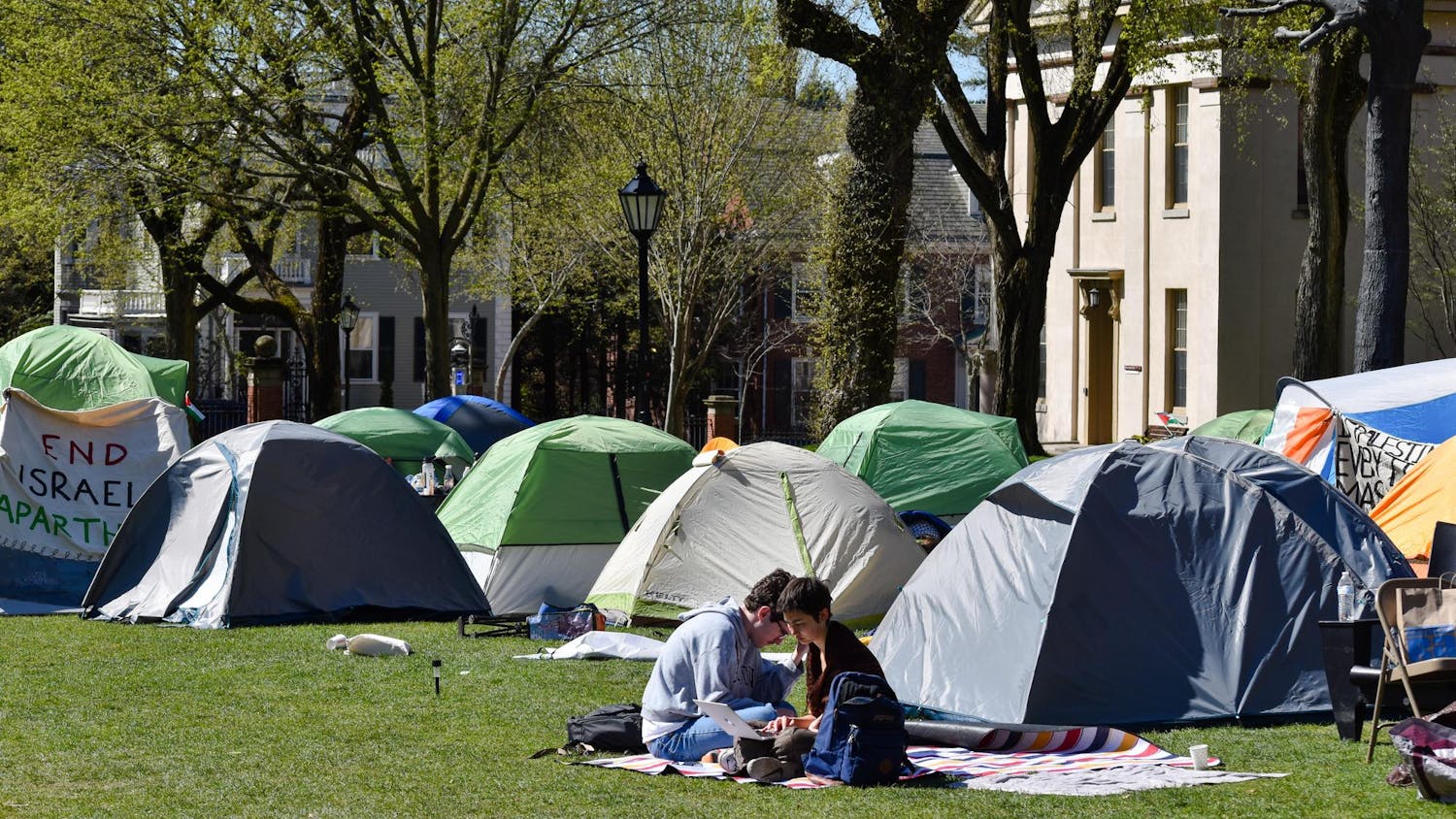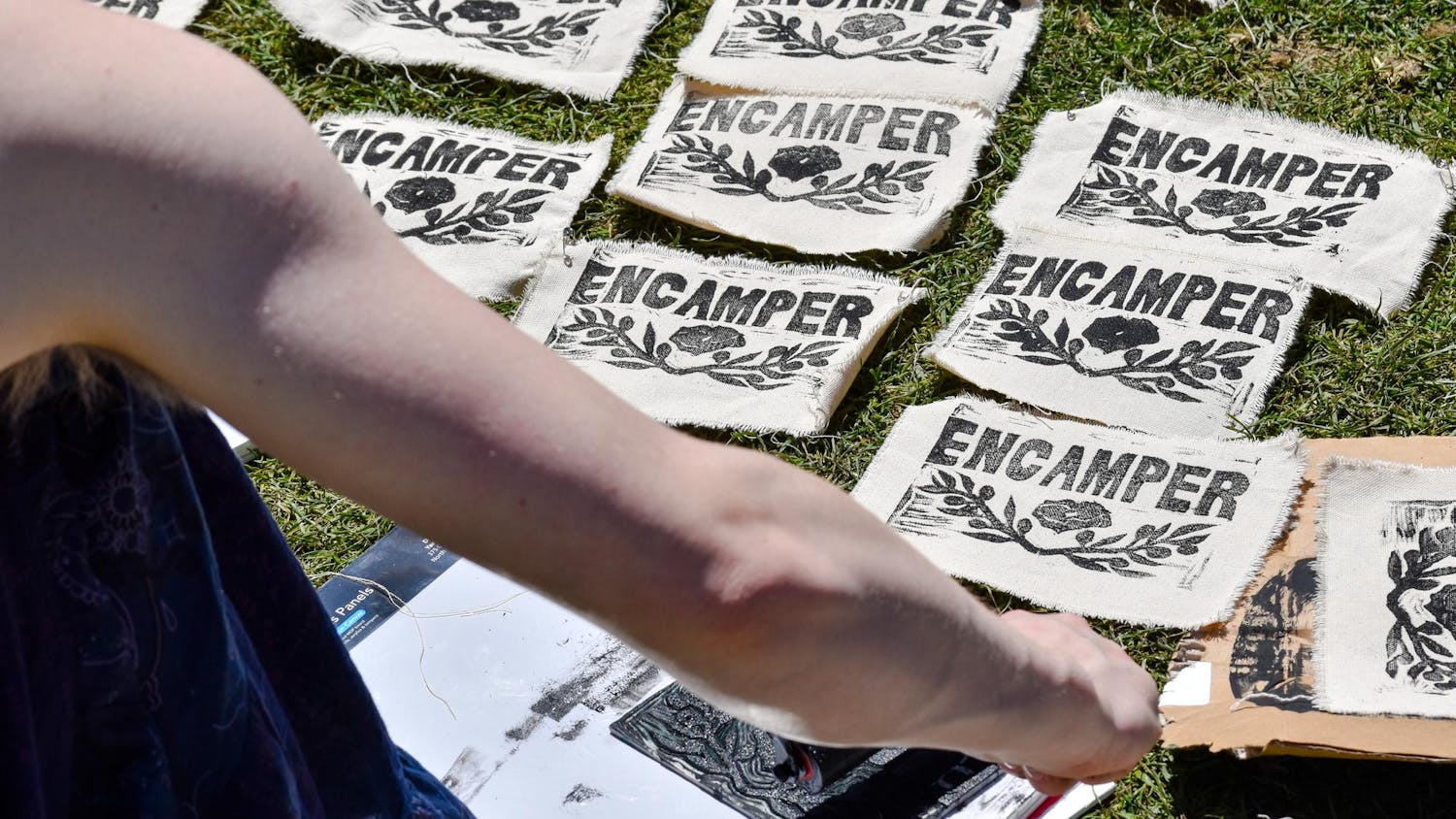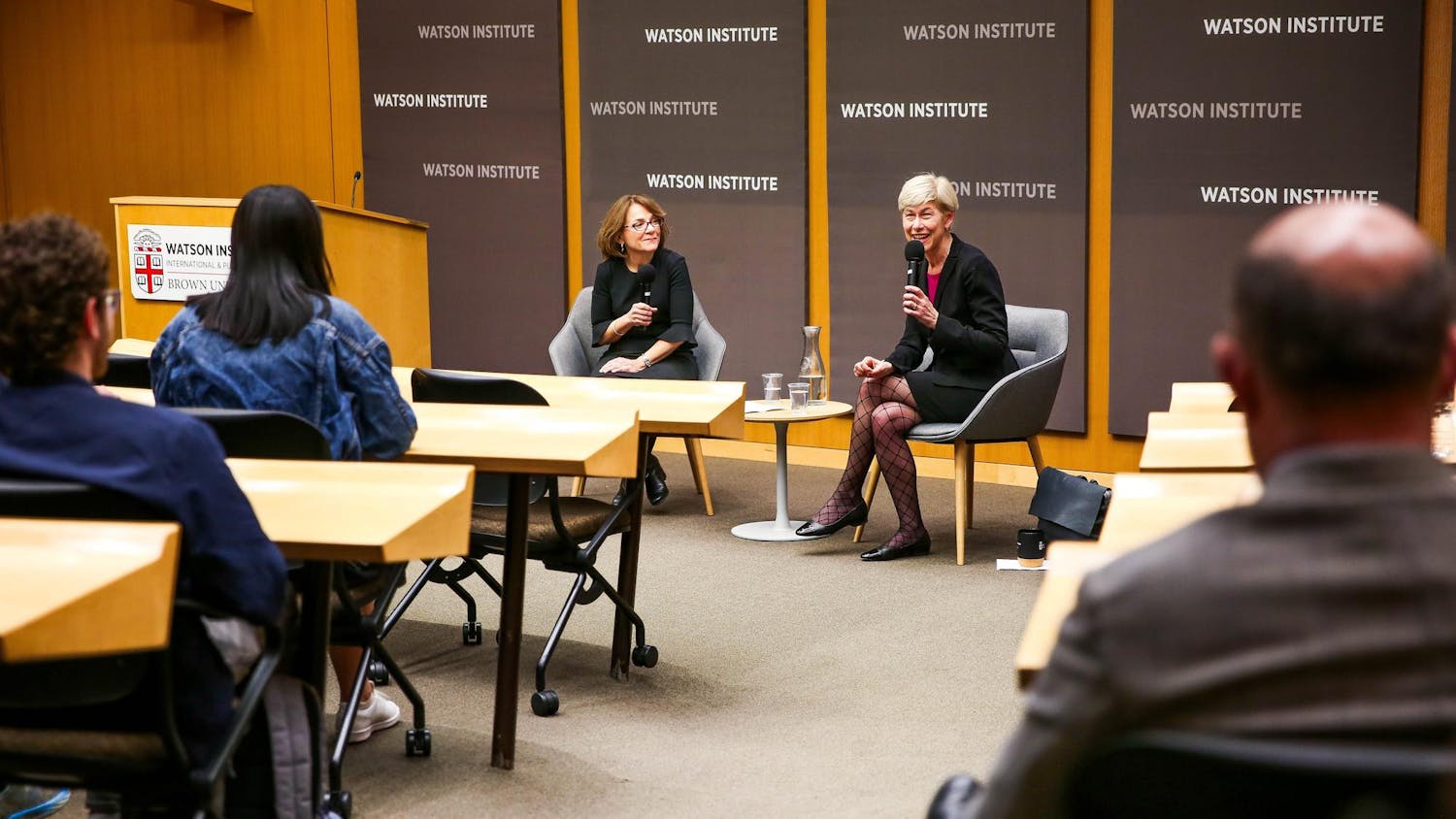University administrators are slated to undergo a standard review the Student Code of Conduct. This comes in the wake of a large increase in code violations over recent years.
The review process — which occurs every five years and examines the code’s rules governing students’ academic and social behavior — is expected to begin next spring and will conclude next fall, wrote Vice President for Campus Life and Student Services Margaret Klawunn in an email to The Herald. The total number of code violations nearly doubled from 130 in 2010 to 206 in 2012, with offenses ranging from minor infractions like fire safety violations to more serious ones like physical assault. Data from the 2012-2013 school year is not yet publicly available. Administrators conducted the most recent review of the code in 2010.
Administrators, faculty members and students will comprise the review board. The Student Conduct Board, Peer Community Standards Board and administrative hearing officers will also be able to recommend changes, according to the Office of Student Life website. The review board’s recommendations will then go to President Christina Paxson, who will likely forward any “substantive recommended changes” to the Corporation for a final vote.
The 2010 review process led to a number of changes, including breaking the University’s sexual misconduct policy into two levels of offenses: misconduct involving non-consensual physical contact of a sexual nature, and incidents involving the use of violence. That year’s review also led to a name change of the Non-Academic Disciplinary System to the Code of Student Conduct. Klawunn, who will help lead the review along with Senior Associate Dean for Student Life J. Allen Ward and Associate Dean of Student Life Yolanda Castillo-Appollonio, wrote that the review board will aim to ensure previously enacted changes are functioning smoothly.
“This review is comprehensive, not targeted as the last one was,” Klawunn wrote.
Any proposed revisions will receive input from various groups on campus, including the Brown University Community Council, the Undergraduate Council of Students and the Graduate Student Council, Klawunn wrote.
“The code is a living document that belongs to the Brown community and, as we did during the last review, we will provide opportunities for input from the community,” Castillo-Appollonio wrote in an email to The Herald.
The most frequently violated parts of the code involve cases of underage alcohol consumption, disruptive off-campus parties, acts of vandalism and possession and use of drug paraphernalia, as well as other alcohol-related behavior, according to the Office of Student Life’s most recent annual Community Report, which was issued in 2012. These cases are usually dealt with through a dean’s hearing, the most common medium of addressing violations of the code. Deans’ hearings rose substantially from 87 in the 2010-2011 academic year to 148 in 2011-2012, according to the 2012 Community Report. Violators of the code most often face a formal reprimand, with probation issuances and suspensions occurring less frequently.
Administrative hearings and Student Conduct Board Hearings — which review cases of sexual harassment, physical assault and property damage — typically penalize violators with suspensions.
Discussions over the review process are already engaging student leaders. UCS President Todd Harris ’14.5 will meet with Klawunn to discuss the process next week, Harris wrote in an email to The Herald.
ADVERTISEMENT




